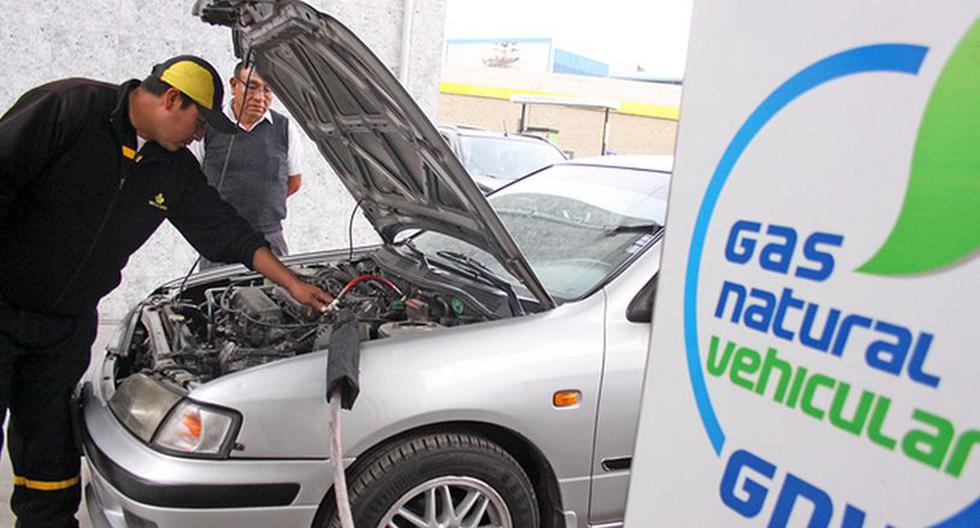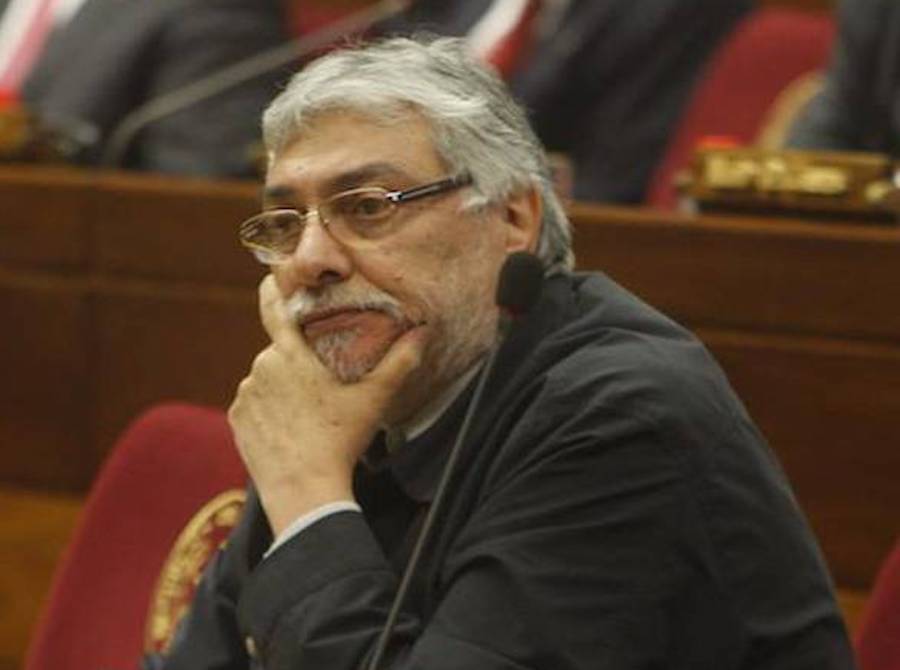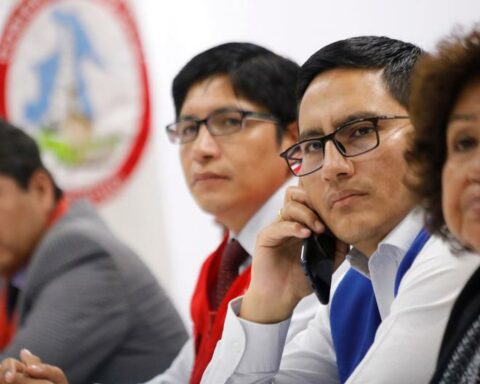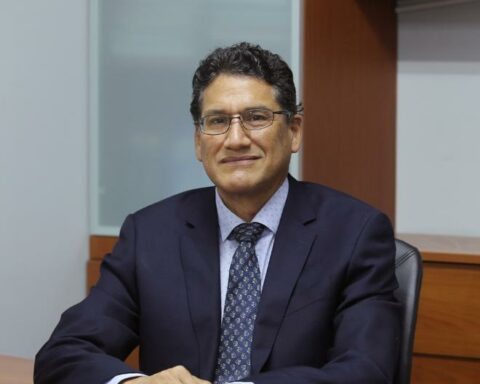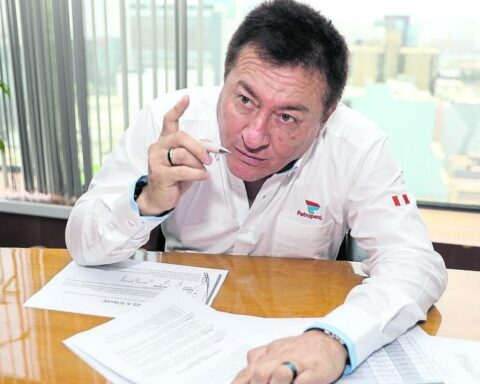In a world scenario of high fuel prices, the debate on the energy future of our country arises. Today, Peru is a net importer of oil and derived fuels such as gasoline and diesel. About 60% of fuels are imported to meet our local energy demand.
Faced with this fact, specialists in the hydrocarbon sector agree that at the country level we must look at the energy resources that we currently produce, such as natural gas, and whose reserves are guaranteed for more than 20 years.
In this regard, Felipe Cantuarias Salaverry, President of the Peruvian Hydrocarbons Society (SPH), points out that “We are producers of natural gas, an economical, efficient and more environmentally friendly energy. In its vehicular use or known as Natural Gas Vehicle, it can promote our energy independence in transportation and thus not depend on the price of fuels and oil whose cost is set in the international market”.
LOOK: Petro announces that the United Kingdom will stop requiring a visa for Colombian tourists
CNG represents great savings for users because its price is regulated within the framework of state concessions for its extraction, transportation, and distribution.
The specialist in hydrocarbons clarifies that “This means that the value of acquisition of natural gas by service stations or taps is similar and where the differences in terms of price to the final consumer (marketing) are related to the commercial policies of each of the stations, costs transportation and promotions.
It is estimated that, in the last 18 years, users of Natural Gas Vehicles (VNG) in Lima and Callao have saved more than US$11.6 billion. For taxi drivers it represents a saving of more than S/15 per gallon compared to gasoline. In a month, with average trips of 120 km per day, you can save approximately S/1,500 per month; and in one year more than S/18,000.
Analyzing all the advantages that CNG represents, there is a pending task to extend its use and make it reach more Peruvians. Thus, Cantuarias points out that Peru faces three major challenges in the mass use of this alternative fuel.
The first great challenge is, according to the expert, that the state makes the political decision to migrate from an energy matrix in public and private transport made up of diesel, gasoline and vehicular LPG to Vehicular Natural Gas. With this first step, the development of demand is ensured.
From there, the second great challenge is to expand the supply of service stations that sell this type of fuel. We therefore need investments in infrastructure to be able to satisfy this demand for CNG. There are several companies that are betting on the implementation of gas centers in the south of the country, for example, Cusco already has two stations for the sale of vehicular natural gas, and recently Nazca has launched the first.
The third great challenge has to do with reducing the logistics costs of its transport.
“To date, natural gas turns out to be a competitive fuel only for Lima, Callao and part of Ica, and this is because Calidda brings natural gas to these regions. Outside these regions, it would end up being more expensive because the cost of gas logistics transportation is very high.”
In order to massify it, pipeline infrastructure is needed, such as the one that countries like Colombia managed to develop. The pipeline system reduces transportation costs and makes this fuel much more competitive. “In some regions it is economically viable for a private company to make investments because there is already a developed demand and it will recover its investment, but in others, the State must subsidize and create incentives.”
To ensure that this cheaper fuel reaches more users, the State plays a fundamental role in creating the conditions, the expert pointed out.

